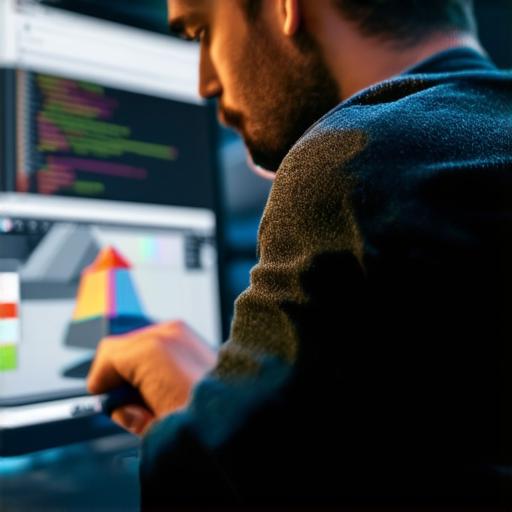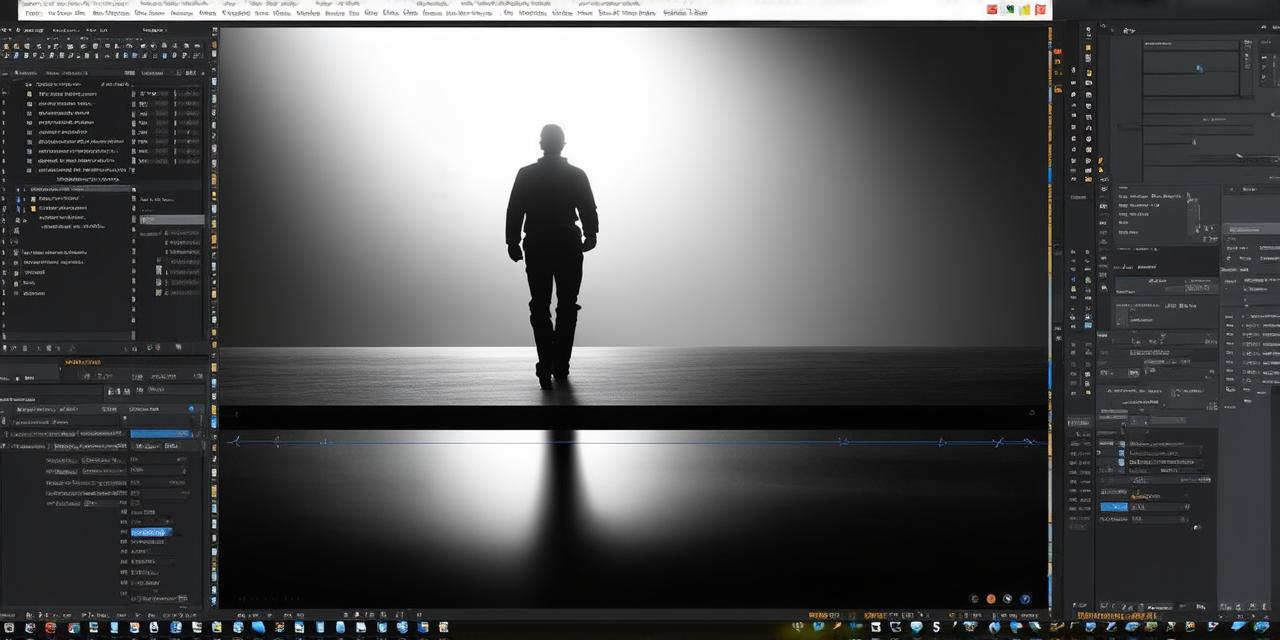Understanding the role of a 3D graphics developer
As gaming technology continues to evolve, so too does the role of 3D graphics developers. These individuals are responsible for creating the stunning visuals that bring games to life and engage players on a deep emotional level. In this comprehensive guide, we will explore the various facets of their job, including the skills required, common challenges faced, and the future outlook for this field.
Skills Required for 3D Graphics Development
Technical Skills
- Modeling Software: Tools like Blender, Maya, or 3DS Max are used to create 3D models of characters, objects, and environments.
- Texturing and Lighting: These techniques involve applying textures and lighting to 3D models to make them appear more realistic.
- Animation: Knowledge of animation principles and software like Autodesk MotionBuilder is crucial for creating lifelike character movements.
- Programming: A strong understanding of programming languages like C++, Python, or HLSL is necessary to develop complex graphics algorithms.
Soft Skills
Creativity: An eye for detail and a creative mindset are essential for developing visually stunning game assets.
Collaboration: Effective communication and teamwork skills are critical for working with designers, artists, and other members of the development team.
Problem Solving: The ability to think critically and troubleshoot problems as they arise is crucial for addressing technical challenges in this field.
Portfolio
A strong portfolio showcasing your work as a 3D graphics developer is essential for landing high-paying jobs and advancing your career. Your portfolio should include:
- Variety of Work: Showcase a range of projects that demonstrate your skills in modeling, texturing, lighting, animation, and programming.
- High-Quality Images and Videos: Present your work in the best possible light by using high-resolution images and videos that accurately represent the game’s visual style.
- Descriptions and Explanations: Provide context for each project by including descriptions of the challenges faced and solutions implemented.
Challenges Faced by 3D Graphics Developers
Performance Optimization: Ensuring that game assets run smoothly on a variety of hardware configurations is a constant challenge for 3D graphics developers. This requires careful consideration of factors like texture resolution, lighting effects, and animation complexity.
Collaboration and Communication: Working closely with other members of the development team can be both rewarding and challenging. Effective communication and collaboration skills are essential for ensuring that everyone is on the same page and working towards the same goals.
Keeping Up with Technology: The field of 3D graphics is constantly evolving, with new tools and technologies emerging all the time. Staying up-to-date with these developments requires a commitment to ongoing learning and adaptation.
Future Outlook for 3D Graphics Development
As gaming technology continues to advance, so too will the demand for skilled 3D graphics developers. With the rise of virtual reality (VR) and augmented reality (AR), there is an increasing need for professionals who can create immersive, interactive environments that engage players on a whole new level.
In addition, the growing popularity of esports and live streaming platforms presents new opportunities for 3D graphics developers to showcase their skills in creating visually stunning game assets and engaging live audiences.
Case Study: The Creation of Uncharted 4’s Stunning Visuals
Uncharted 4, the critically acclaimed PlayStation 4 exclusive, is a prime example of the power of 3D graphics development. Developed by Naughty Dog, the game features incredibly realistic characters, environments, and visual effects that have captivated players since its release in 2015.
Technical Challenges
Real-Time Rendering: The game required real-time rendering of complex environments and characters, which posed significant performance optimization challenges.
Physics Engine Integration: Integrating a physics engine into the game allowed for more realistic character movements and interactions with the environment.
Lighting and Shadows: Creating believable lighting and shadows was crucial for creating a sense of depth and realism in the game’s environments.

